Aberdeen
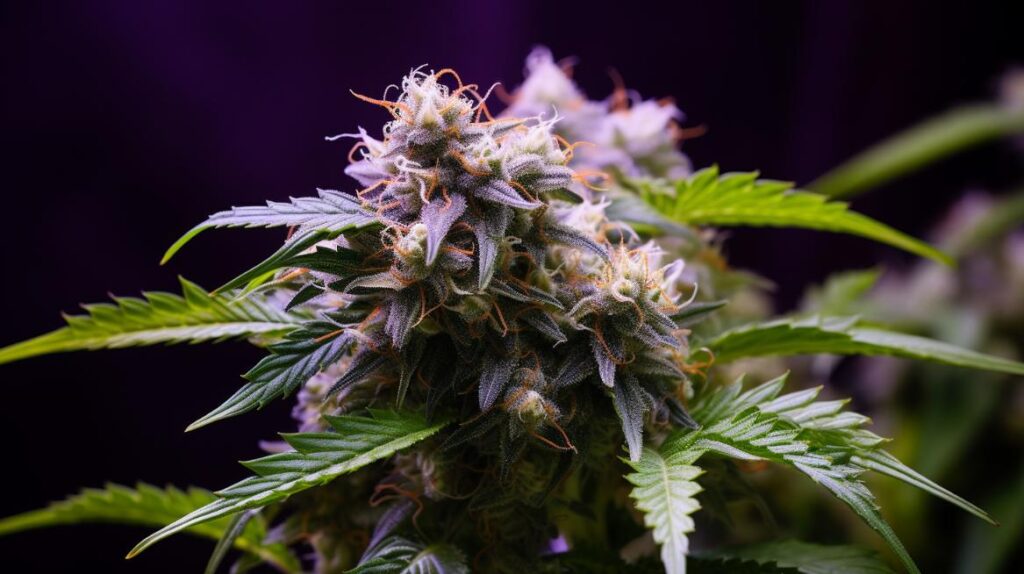
The Aberdeen weed strain has garnered interest within the cannabis community not only for its distinctive genetic makeup—a thoughtful crossbreed between the citrus-infused Orange Velvet and the potent Jack the Ripper—but also for the nuanced effects that it brings forth.
As a sativa-dominant hybrid, it presents a balanced profile that tends to both invigorate and relax, making it a subject of intrigue among connoisseurs and medical patients alike. The moderate THC content suggests an experience that is potent without being overwhelming, potentially offering therapeutic benefits without significant adverse reactions.
As we consider Aberdeen’s place in the ever-evolving landscape of cannabis strains, it is essential to unpack the complexities of its terpene profile, its cultivation requirements, and the anecdotal reports of its efficacy in managing certain medical conditions. This exploration may provide a clearer understanding of Aberdeen’s potential and its suitability for various types of users, from the casual to the medicinal, raising questions about its comparative advantages and its role in the broader context of strain selection and breeding.
Genetic Lineage
The Aberdeen strain, a sativa-dominant hybrid, owes its distinguished genetic makeup to the cross-breeding of Orange Velvet and Jack the Ripper, two strains known for their robust characteristics and dynamic effects. This strategic union has resulted in a lineage that embodies the best of both parent strains, giving rise to Aberdeen’s unique profile.
As a sativa-dominant hybrid, Aberdeen predominantly inherits its cerebral and uplifting high from the sativa traits, while also drawing on the relaxing nuances of its indica genetics, creating a balanced and versatile user experience.
With its roots anchored in the city of Aberdeen, Washington, the strain’s heritage is a nod to both its regional and genetic origins, reflecting the breeders’ intention to cultivate a variety with a deep connection to its birthplace. The breeding background of Aberdeen emphasizes a methodical approach to hybridization, with breeders meticulously selecting and crossing strains to achieve a specific amalgamation of traits.
This careful process has allowed Aberdeen to inherit a complex aroma and flavor profile, alongside its notable effects, from the genetic lineage passed down by Orange Velvet and Jack the Ripper. These hereditary traits mark Aberdeen as a noteworthy addition to the cannabis market, showcasing the importance of genetic lineage in crafting a distinguished hybrid strain.
History and Origin
Emerging from the verdant Pacific Northwest, Aberdeen’s history begins in its namesake city of Aberdeen, Washington, where it was first cultivated as a harmonious blend of Orange Velvet and Jack the Ripper. This Sativa dominant hybrid quickly carved a niche for itself among cannabis enthusiasts, thanks to its unique lineage:
- Genetic Roots
- Orange Velvet: Known for its smooth, creamy flavor profile and calming effects.
- Jack the Ripper: A potent Sativa that offers a sharp, energizing experience.
- The Perfect Union: Aberdeen’s balance of relaxation and alertness reflects its parent strains’ best traits.
The cultivation of Aberdeen in the temperate climate of Washington likely played a role in the development of its characteristic olive green buds tinged with orange hairs and the captivating amber trichomes.
With moderate THC levels averaging around 14-15%, Aberdeen is appreciated for delivering bright flavors and uplifting effects without overwhelming potency.
Enthusiasts of the Aberdeen strain value its historical roots, recognizing that its origin story is not just about geography but also about the careful selection and combination of its parent strains, resulting in a distinctive experience that mirrors the lush, diverse environment of its Pacific Northwest homeland.
THC/CBD Content
Understanding the Aberdeen strain’s genetic roots provides insight into its moderate psychoactive profile, characterized by a THC content averaging 15% and minimal CBD, catering to those who prefer balanced effects without extreme potency. This moderate THC level positions Aberdeen comfortably between milder sativa strains, which typically hover around 13% THC, and the more formidable variants that can reach upwards of 35% THC.
THC, or tetrahydrocannabinol, is the primary driver of the cannabis plant’s intoxicating effects, inducing sensations ranging from euphoria to enhanced sensory perception.
The moderate THC content in Aberdeen makes it a versatile choice for a wide range of cannabis consumers. Novice users may find this strain to be an approachable introduction to THC’s effects, while veterans could appreciate the subtler, more manageable high as a reprieve from more intense experiences. Despite its tempered potency, users should remain aware of the common side effects associated with THC consumption, such as dry eyes and mouth.
Analytically speaking, Aberdeen’s THC profile facilitates a harmonious balance, granting users the potential benefits of THC without the risk of overwhelming psychoactivity commonly associated with higher THC strains.
Terpene Profile
While the psychoactive effects of the Aberdeen strain are moderated by its THC content, its distinctive terpene profile—including myrcene, terpinolene, beta-caryophyllene, humulene, and menthol—plays a crucial role in shaping the strain’s unique aroma and therapeutic potential. This complex assemblage of terpenes not only defines the sensory experience but also contributes to the overall uplifting effects that users report.
Analyzing the Aberdeen terpene profile provides insights into its influence on both the mind and body:
-
Myrcene:
-
Earthy and musky notes
-
Potent relaxation effects, often linked to the sedative qualities of the strain
-
Terpinolene:
-
Fruity and floral undertones
-
May contribute to the strain’s uplifting and creatively inspiring effects
-
Beta-caryophyllene:
-
Peppery and spicy aroma
-
Known for its potential to alleviate stress and discomfort
Such a terpene profile suggests that Aberdeen may offer a complex bouquet that not only pleases the senses but also provides a multifaceted therapeutic experience. By understanding the interactions between these compounds, users and healthcare providers can better anticipate the strain’s potential effects and medicinal benefits, ensuring a more informed approach to its consumption.
Effects
Building on the complex terpene profile of the Aberdeen strain, the effects experienced by users are both profound and pleasantly modulated, ranging from immediate sensations of joy to a sociable and energetic high. As a sativa dominant hybrid, Aberdeen is known for its ability to deliver a fast-acting, instant buzz characterized by an uptick in joy, euphoria, and a giggly sensation that can make social interactions more enjoyable. The energetic high it provides is particularly appealing to first-time or novice users who are seeking a cannabis experience that is both uplifting and manageable.
Analytically speaking, the consistent THC levels found in Aberdeen contribute to its ability to produce effects that remain fairly level and rarely become overwhelming. This suggests a mellow and enjoyable high, with users reporting an uplifted and talkative mood that enhances social gatherings without leading to the intense, sometimes anxiety-inducing effects associated with higher THC strains.
Despite its many positive attributes, it is important to note that some users may experience adverse effects, such as dry eyes and dry mouth—common with cannabis use. In rare cases, there can be more significant reactions like hallucinations and paranoia, which underscores the importance of responsible consumption and awareness of one’s own tolerance levels.
Medical Uses
The Aberdeen strain has garnered attention in the medical marijuana community for its considerable potential in alleviating symptoms of various health conditions, ranging from mental ailments such as depression and anxiety to physical discomforts like chronic pain and muscle spasms. This hybrid variety is celebrated not only for its therapeutic efficacy but also for the uplifting effects that contribute to a patient’s overall well-being.
-
Mental Health Support
-
Depression: Offers mood-regulating properties that may foster a sense of happiness.
-
Anxiety and Chronic Stress: Provides calming sensations that can reduce stress levels.
-
Energy and Happiness: Uplifting bursts aid in combating fatigue associated with depression.
-
Physical Ailment Relief
-
Chronic Pain: Contains analgesic properties to mitigate persistent pain.
-
Muscle Spasms: Users report significant relief from involuntary muscle contractions.
-
Inflammatory Bowel Diseases: Potential in easing inflammation-related digestive discomfort.
-
Symptom Management
-
Loss of Appetite: Stimulates hunger, assisting those with appetite issues.
-
Pre-menstrual Syndrome: May alleviate cramps and mood swings.
-
Nausea and Headaches: Versatile benefits include anti-emetic and pain-relieving effects.
Analyzing user reports and available data, the Aberdeen hybrid emerges as a versatile strain within the medical cannabis spectrum, offering a multi-faceted approach to symptom relief across a variety of conditions.
Flavor and Aroma
Delving into the sensory profile of the Aberdeen strain reveals a complex tapestry of flavors and aromas, marked by an intriguing combination of menthol, blue cheese, and a subtle chemical note. This particular cannabis variety offers an eclectic mix that challenges the palate while providing a uniquely satisfying experience.
The initial scent that escapes from the Aberdeen buds is pungent and robust, bearing the distinctive tang of aged cheese with an undercurrent of chemical complexity that hints at the strain’s potency.
Upon consumption, users are greeted with a sweet, minty cheese taste that carries a tangy orange undertone, likely influenced by the fiery orange pistils that lace the olive green buds. These orange hairs not only contribute to the visual allure of Aberdeen but also seem to infuse the strain with a citrus zest that brightens the overall flavor profile.
When combusted, the sharp and cheesy nuances become more pronounced, and the citrus melds with a refreshing menthol undertone, creating an invigorating and memorable taste.
The experience of Aberdeen’s flavor and aroma is akin to a carefully curated dish, where each element – the menthol freshness, the boldness of blue cheese, and the citrus twist – is balanced yet assertive, ensuring a lasting impression on both novice and seasoned consumers alike.
Appearance
In examining the Aberdeen strain, one’s attention is immediately drawn to the medium-sized, spade-shaped buds that boast a rich tapestry of dark olive green hues, accented by fiery orange pistils and a generous dusting of amber trichomes. The deep olive green buds are indicative of the strain’s vitality and are a hallmark of its aesthetic appeal. The vibrant contrast created by the fiery pistils against the buds suggests a dynamic and robust genetic heritage.
- Visual Characteristics:
- Deep olive green buds with nuanced shades
- Fiery orange pistils that weave throughout the foliage
- A frosty layer of amber trichomes that hint at potency
The appearance of Aberdeen tells a story of careful cultivation and genetic finesse. The buds’ structure is dense and tightly packed, a testament to their sativa-dominant lineage. The presence of the amber trichomes is not only a visual spectacle but also a clue to the strain’s resinous nature and average THC levels that hover around 14-15%.
-
Aromatic Cues:
-
The buds exude a complex aroma with notes of diesel and mint
-
Underlying tones of blue cheese and citrus complement the bouquet
-
Appeal Factors:
-
The unique combination of colors captivates consumers
-
The frosty trichomes promise a rich sensory experience
An analytical examination reveals that the Aberdeen strain’s appearance is a significant contributor to its allure, enhancing the overall user experience from visual inspection to consumption.
Grow Information
Cultivating the Aberdeen strain requires a certain level of horticultural proficiency. It presents a moderately challenging growth profile that rewards attentive gardeners with bountiful yields after a flowering period of 7 to 9 weeks. This cultivar is potentially related to the Orange Velvet lineage and demands a keen eye for detail, particularly in the early stages of growth. Heavy topping is recommended to simplify the plant’s management.
Aberdeen’s adaptability is evident as it flourishes in the open air within a temperature range of 68-80°F. This showcases its resilience and versatility. However, indoor cultivation necessitates proficient training techniques to maximize space and light exposure, which in turn can lead to impressive yields. Grow information suggests that maintaining an optimal microclimate and nutrient balance is crucial for this strain. It has a moderate THC content of approximately 14-15%. By ensuring these conditions, growers can expect Aberdeen to develop its full aromatic and potency potential.
Adverse Effects
While successful cultivation of the Aberdeen strain yields rewarding harvests, it is important to consider the potential adverse effects that consumers may experience, such as dry eyes and mouth, which are common with this variety. The Aberdeen strain, often associated with its parent strain Orange Velvet, can induce not just these mild irritations but also more concerning psychological responses in some users.
-
Common Adverse Effects:
-
Dry Eyes and Mouth: Dehydration of mucous membranes is a frequently reported symptom.
-
Hallucinations and Paranoia: A subset of users may experience these psychological disturbances.
-
Usage Guidance:
-
Start with a Half Dose: Recommended for new users to prevent potential negative reactions.
-
Slow Onset: The creeping high necessitates caution to avoid overconsumption.
-
Cultivation Considerations:
-
Ventilation: Proper air circulation is critical to mitigate mold risk, a non-direct adverse effect linked to cultivation conditions.
Analyzing the adverse effects, it is clear that while the Aberdeen strain provides a sought-after experience for many, it demands a cautious approach. Particularly for those new to its use, the slow onset can be deceptive, leading to overconsumption and subsequent negative reactions. Knowledgeable use and attention to dosage can help ensure a positive experience with this potent strain.
Comparisons with Similar Strains
The Aberdeen strain shares its sativa-dominant lineage and uplifting effects with notable counterparts such as Jack the Ripper and Orange Velvet, offering users a similar blend of euphoria and relief. Both Jack the Ripper and Orange Velvet are renowned for their ability to induce a state of blissful contentment combined with a sense of alertness, making them suitable for those who appreciate the invigorating qualities of Aberdeen.
Analytically, when comparing these strains, connoisseurs of cannabis might note that Aberdeen’s citrus or menthol flavor profile aligns closely with the zesty notes of Orange Velvet. This similarity could appeal to users who favor a refreshing taste accompanied by a cerebral high. Meanwhile, Jack the Ripper is often lauded for its potency and could be a good alternative for those who enjoy Aberdeen’s moderate THC levels and desire a strain that manages to balance strength with a mellow aftereffect.
For individuals seeking therapeutic benefits, Aberdeen and its counterparts may provide comparable relief for mood disorders and pain, characteristic of sativa-dominant hybrids. These similar strains also commonly yield a combination of euphoric, talkative, and relaxing effects, catering to users seeking a multifaceted experience.
The analytical exploration of these strains underscores their shared qualities, making them suitable alternatives for aficionados of the Aberdeen variety.
Research and Studies
Despite the growing popularity of the Aberdeen weed strain among users, there remains a notable scarcity of scientific research specifically addressing its effects and potential medicinal applications. This variety of Agent Orange has garnered attention for its user-reported benefits, yet these accounts lack the backing of rigorous scientific validation. In the realm of cannabis research, the focus on Aberdeen is minimal, leaving a gap in comprehensive understanding.
-
Limited Scientific Studies
-
No dedicated research on Aberdeen’s unique effects
-
A dearth of peer-reviewed data for informed conclusions
-
User-Reported Benefits
-
Anecdotal evidence of effectiveness in treating physical and mental ailments
-
Claims include relief from PMS, IBDs, and depression
-
Necessitates research to substantiate user experiences
-
Medicinal Applications and Chemical Profile
-
Potential medicinal value merits investigation
-
Dosing caution advised due to reported slow onset
-
Terpenes such as myrcene and beta-caryophyllene suggest areas for future research
The analytical approach to understanding the Aberdeen strain must evolve from anecdotal to empirical. This transition is crucial in determining its therapeutic potential and optimal usage. As such, the call for more targeted research and studies into this particular cannabis variety is both timely and essential.
Frequently Asked Questions
What Is the Rarest Strain of Weed?
The rarest weed strain’s identification is complex, influenced by weed rarity factors like genetic preservation challenges and limited cultivation. Rarity often reflects a confluence of unique genetics, cultivation conditions, and intentional scarcity by breeders.
What Is Scottie Pippen Weed?
Scottie Pippen weed embodies the basketball legend’s influence through meticulous cultivation techniques, yielding a sativa-dominant hybrid known for its balanced, uplifting effects and potential therapeutic applications for various ailments.
What Strain of Weed Is in Jamaica?
Jamaican cultivation of cannabis, deeply intertwined with reggae influence, primarily features landrace strains like Lamb’s Bread, celebrated for its uplifting effects and connection to the country’s rich cultural and horticultural traditions.
What Is the Most Sativa Strain of Weed?
The most sativa-dominant strain of weed typically exhibits a high THC to CBD ratio, thriving in warm growing conditions. These strains are characterized by their energizing and cerebral effects, often preferred by daytime users.

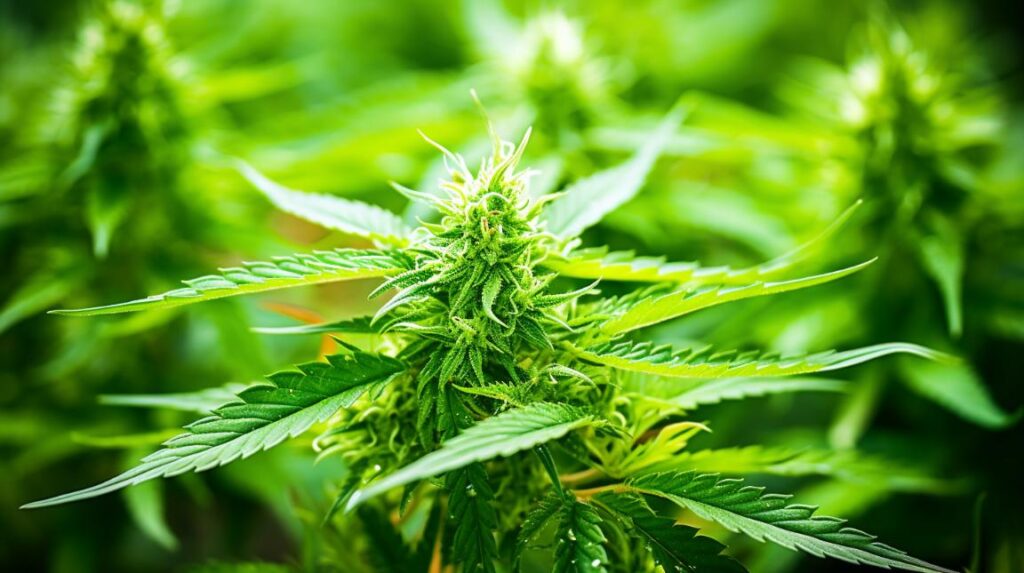
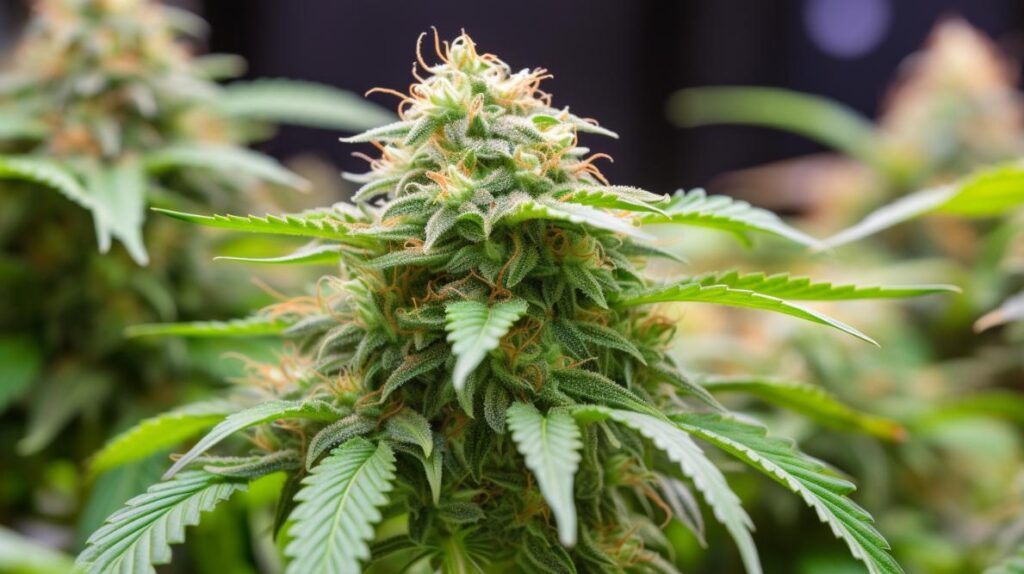
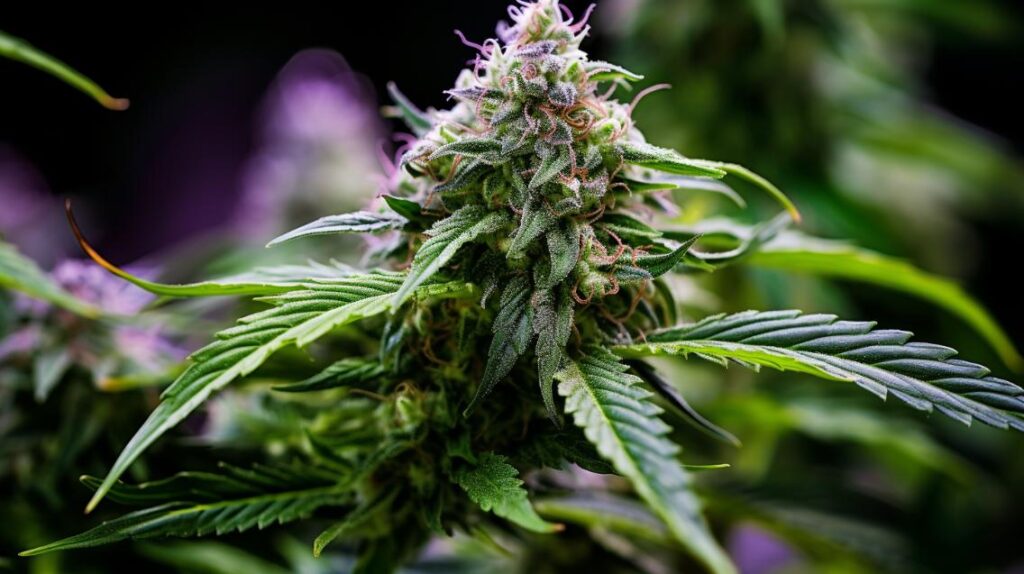
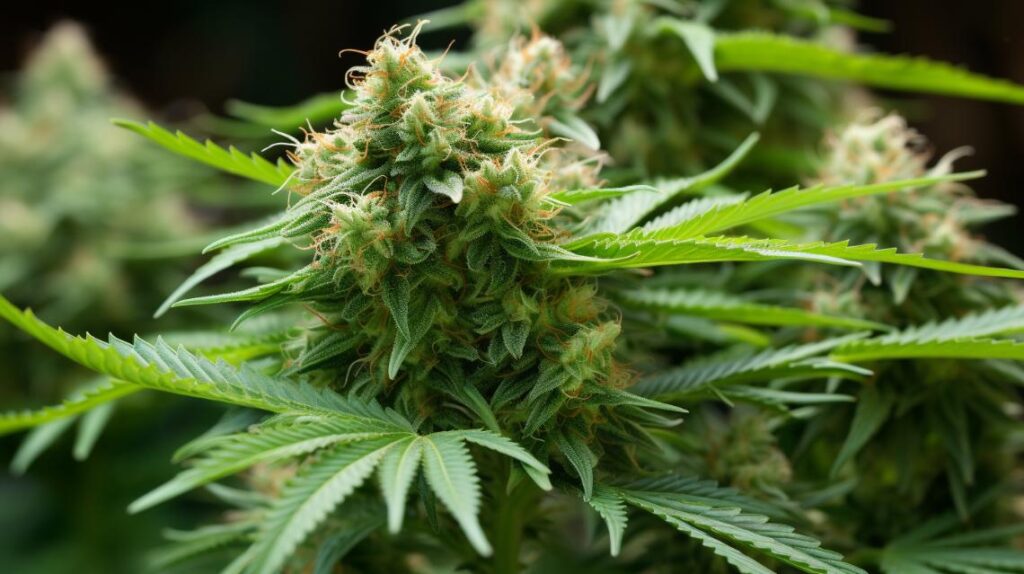
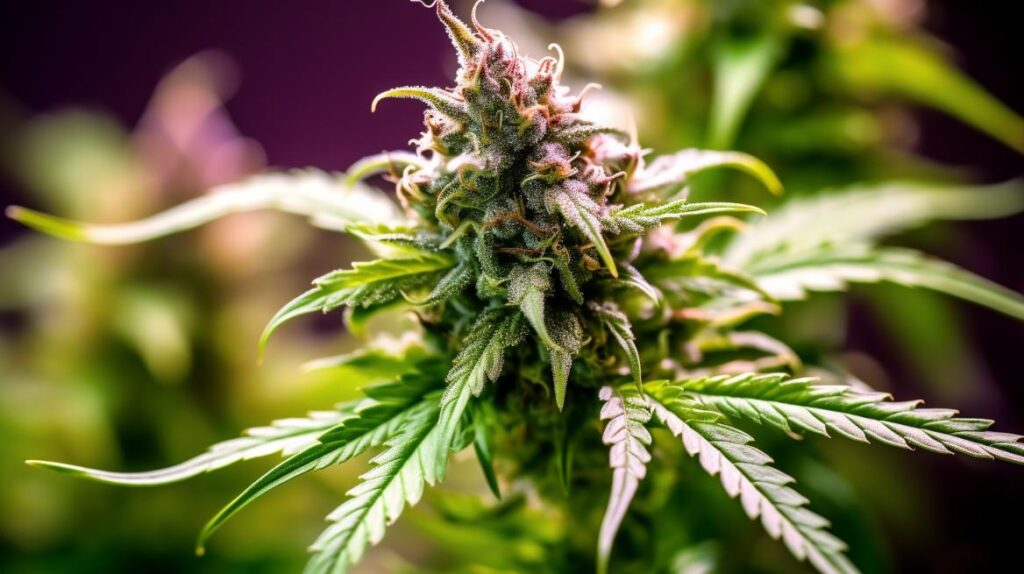

Responses